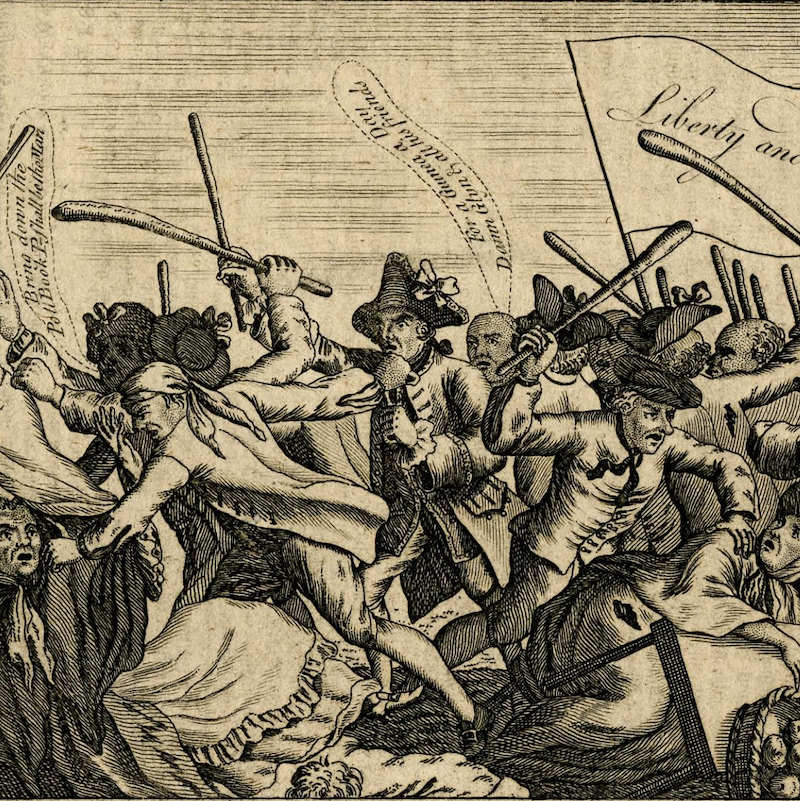Explore how many elections took place, and how many were contested [15-minute interactive] […]
Contested Elections
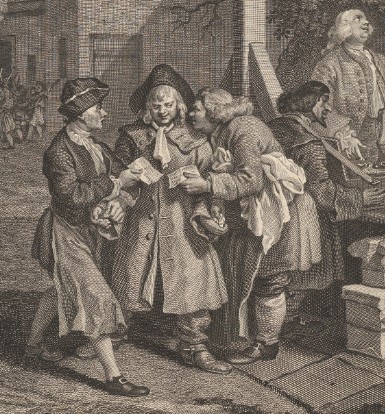
c

Explore how many elections took place, and how many were contested [15-minute interactive] […]
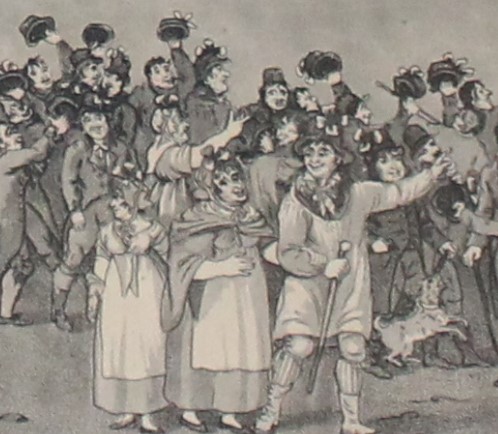
An introduction to how many people could, and did, vote in the eighteenth century [5-minute read] The ‘electorate’ is the group of individuals who were entitled to vote in an election. This is different from the number of people who actually cast their votes at a poll, a group which we might call the ‘voterate’. […]
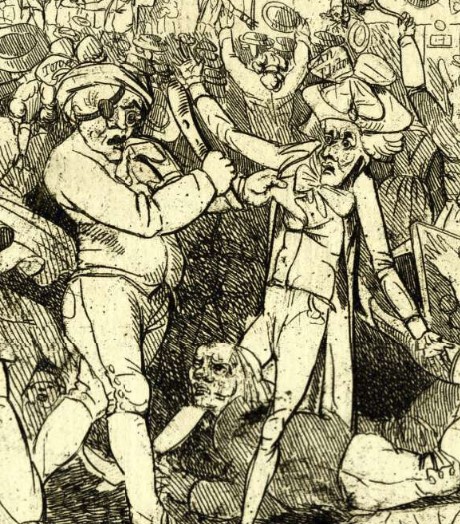
Disputed results were common, often taking months of legal wrangling to resolve [10-minute read] The majority of eighteenth-century elections went uncontested, which is to say that an agreement had been reached in the constituency not to put up rival candidates, allowing the nominated candidates to be returned unopposed. However, when an opposition did materialise, and […]
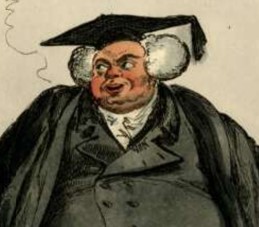
Nigel Aston on the peculiar representation of Oxford and Cambridge universities [15-minute read] University constituencies and their distinctive characteristics The Universities of Oxford and Cambridge had each been granted two parliamentary seats by James I in 1604 and stood apart from the customary county/borough divide. They existed, in the words of the great jursit Sir […]
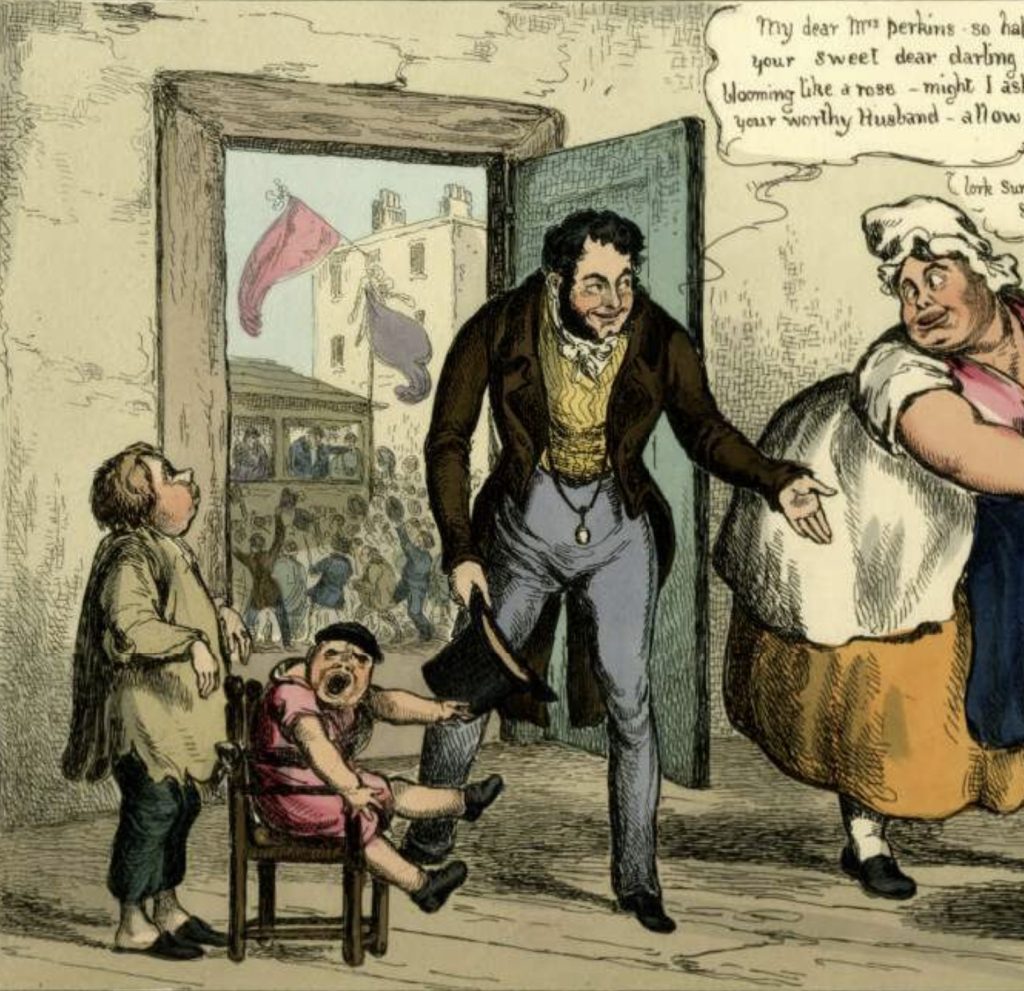
‘Minors’, under 21 years old, were not allowed to vote. But did they? [15-minute read] Today, the minimum age for voting in parliamentary elections is set at 18. This was lowered from 21 only in 1969. What is less well known is when limitations on voting age were first introduced. Going back to the early […]
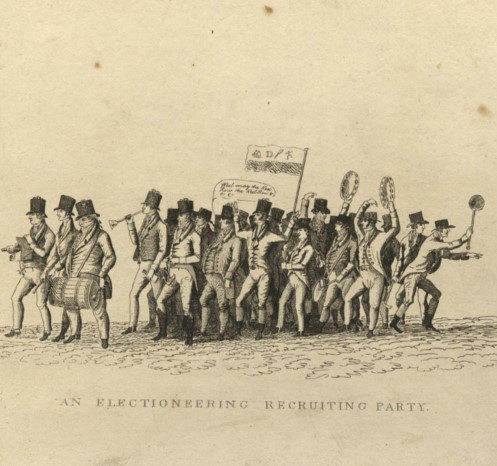
The canvass aimed to get the vote out, but also linked candidates to communities [25-minute read] Canvassing was, according to David Eastwood, ‘the critical electoral institution of later-Hanoverian England’, or, as Frank O’Gorman has argued, the ‘critical point of contact’ between the electoral system and the voters prior to Reform.[1] Canvasses were organized by local […]
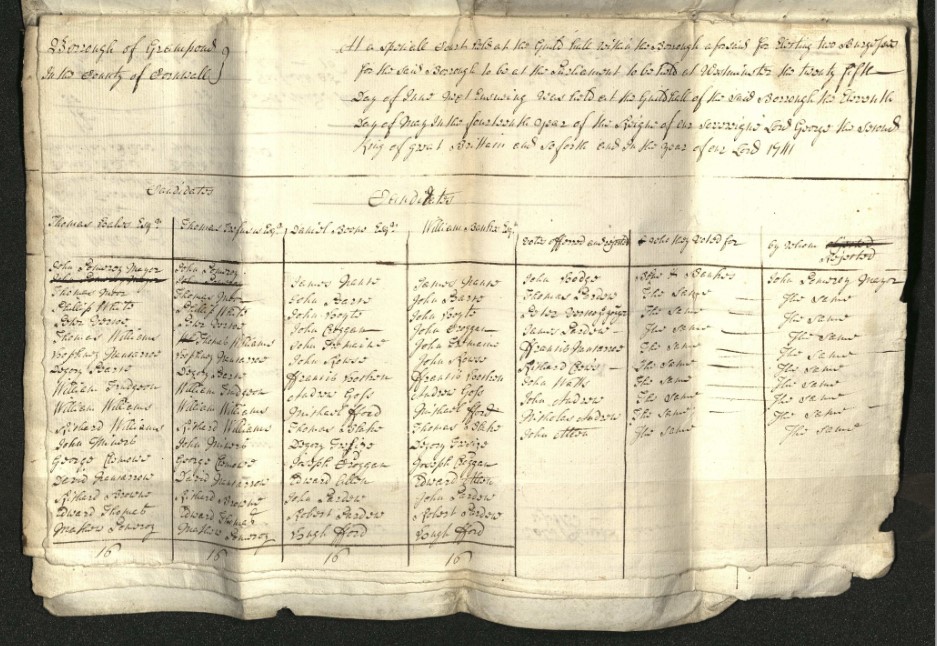
A short introduction to poll books, and how they have survived [5-minute read] In their most fundamental manifestation, poll books are simply lists of voters’ names, recording the candidates for whom they polled. Prior to the introduction of the secret ballot in 1872, electors had to attend elections in person and verbally state their vote. […]

Why were poll books printed, and how were they used? [10-minute read] Poll books display huge variation in their form and format. Of the surviving poll books from the period 1695–1830, half are handwritten manuscripts, and were typically either compiled by clerks (or some other official) at the time of voting, or subsequently copied. The […]
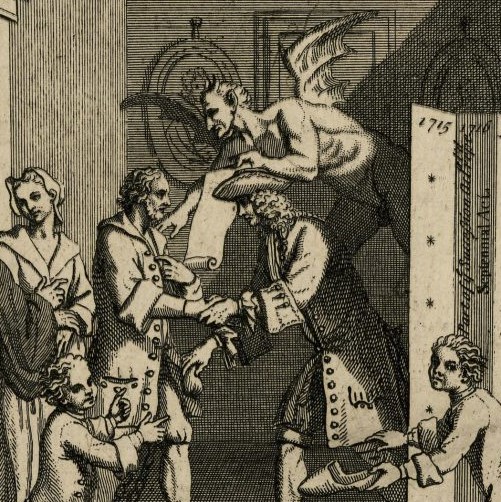
Although technically illegal, bribery was rife in eighteenth-century elections. [15-minute read] Technically, the Corrupt Practices Act of 1695 and the Bribery Act of 1729 made bribery illegal, but it remained endemic to the electoral process. Votes could often be bought, and, with no secret ballot, a candidate or his agents could check that individuals had […]
